PPT-NAACP Executive Leadership Training
Author : karlyn-bohler | Published Date : 2018-03-12
Building Effective Branches The NAACP must be so strong in numbers and so effective in method that no one no Mayor of any city no Governor of any State no Congressman
Presentation Embed Code
Download Presentation
Download Presentation The PPT/PDF document "NAACP Executive Leadership Training" is the property of its rightful owner. Permission is granted to download and print the materials on this website for personal, non-commercial use only, and to display it on your personal computer provided you do not modify the materials and that you retain all copyright notices contained in the materials. By downloading content from our website, you accept the terms of this agreement.
NAACP Executive Leadership Training: Transcript
Download Rules Of Document
"NAACP Executive Leadership Training"The content belongs to its owner. You may download and print it for personal use, without modification, and keep all copyright notices. By downloading, you agree to these terms.
Related Documents

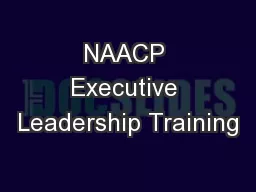

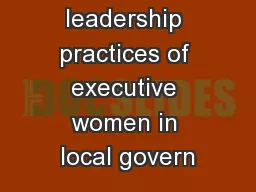
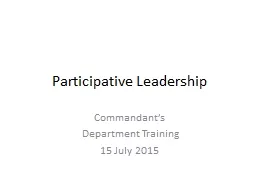

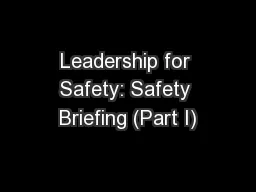
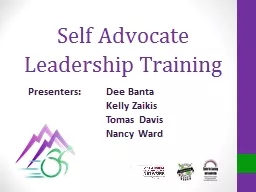

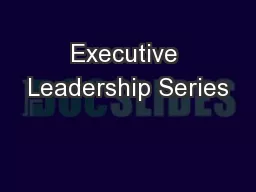
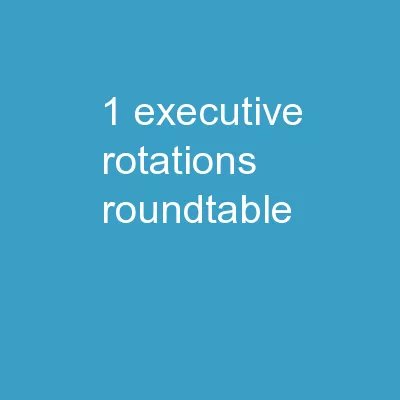
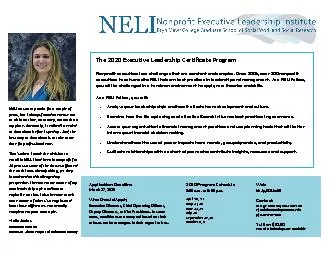
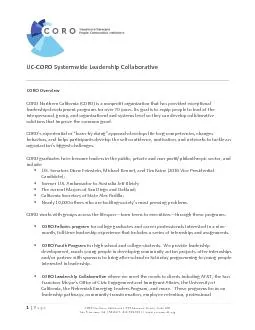

![READ [PDF] Leadership and Training for the Fight: A Few Thoughts on Leadership and](https://thumbs.docslides.com/1019111/read-pdf-leadership-and-training-for-the-fight-a-few-thoughts-on-leadership-and.jpg)